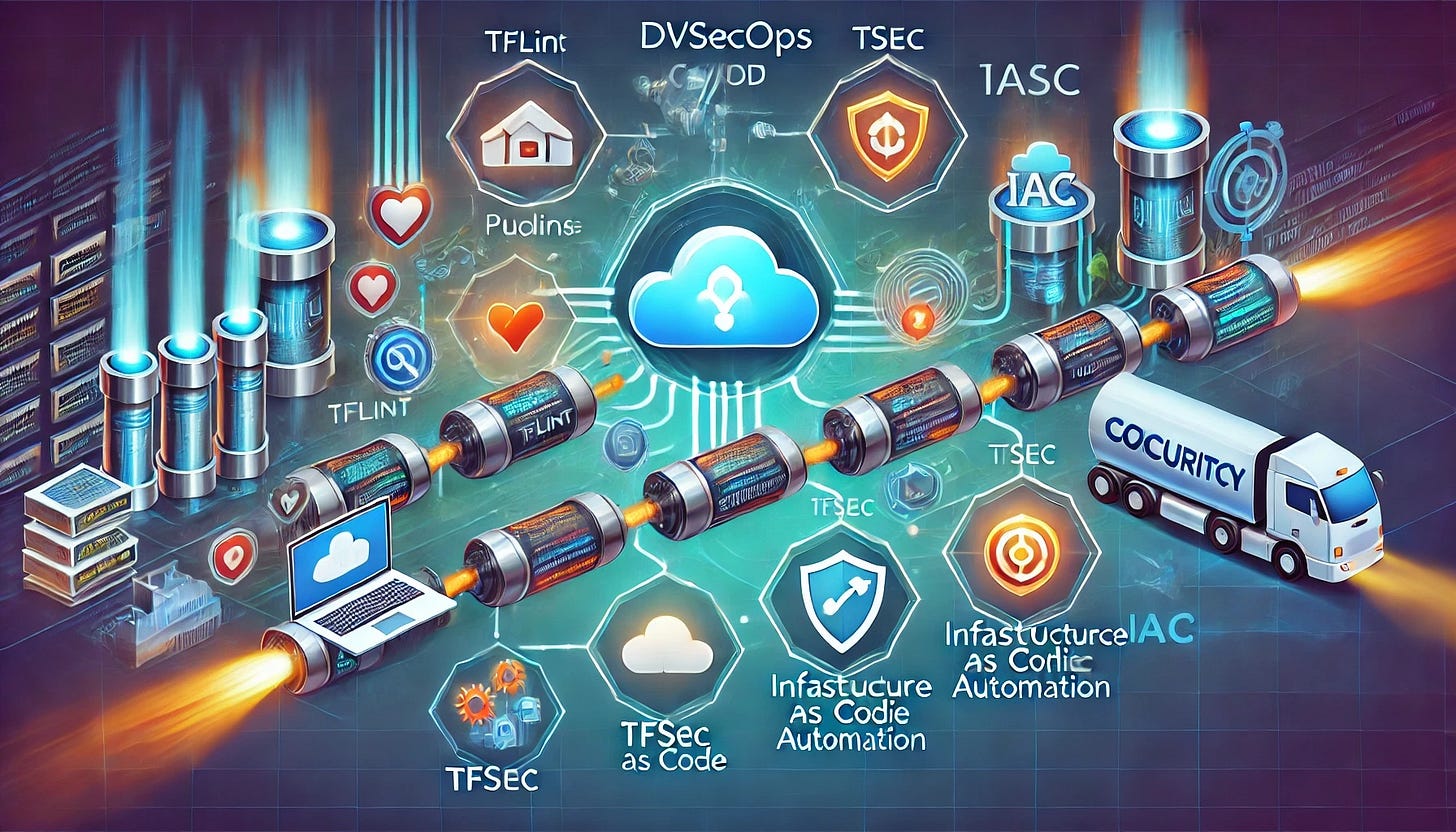Automated Compliance Audits for DevSecOps
In cloud-native development and infrastructure management, security and compliance are principal. Organizations face the challenge of adhering to strict security standards, such as the CIS Benchmarks, HIPAA, or PCI-DSS, while maintaining the agility and speed that modern software delivery demands. DevSecOps bridges this gap by embedding security into every phase of the software development lifecycle, shifting security left to identify and address vulnerabilities early.
Automated compliance audits are a key component of DevSecOps practices. These audits continuously verify that infrastructure meets security and compliance standards by integrating checks directly into CI/CD pipelines. Instead of relying on periodic, manual compliance reviews, automation ensures that any misconfigurations or violations are caught in real-time, minimizing risks and reducing human error.
Throughout this tutorial, you’ll learn how to set up and implement automated compliance audits in your DevSecOps workflow. You’ll explore tools like TfLint, TFSec, and Terrascan to enforce security policies, integrate them into your CI/CD pipelines for seamless checks, and customize them to fit your organization’s unique requirements. By the end, you’ll have a robust, automated system that ensures compliance is not just an afterthought but a continuous and integral part of your software delivery process.
Compliance in DevSecOps
As organizations increasingly adopt DevOps practices to deliver software quickly and efficiently, security and compliance must evolve to keep pace. DevSecOps, a natural extension of DevOps, integrates security into every stage of the development lifecycle. It emphasizes collaboration between development, operations, and security teams to ensure secure and compliant software delivery without compromising on speed or agility.
Compliance, in the context of infrastructure and software delivery, refers to adhering to a set of rules, guidelines, and security standards that ensure systems are secure, reliable, and meet regulatory requirements. Standards such as CIS Benchmarks, HIPAA, PCI-DSS, GDPR, and others provide frameworks to protect data, infrastructure, and users. However, traditional compliance practices often rely on manual reviews and periodic audits, which can be time-consuming and error-prone.
Why Automate Compliance?
Manual compliance checks are often reactive, identifying issues after they’ve already been introduced into the system. This approach can lead to significant delays in resolving vulnerabilities and increased costs associated with remediation. Automated compliance audits, on the other hand, provide a proactive solution by embedding security and compliance checks directly into the CI/CD pipeline. This ensures that any misconfigurations or violations are identified and addressed early in the development process, long before they can reach production.
Automating compliance audits offers several benefits:
Speed: Automated tools can scan and report issues within seconds, making them ideal for fast-paced CI/CD workflows.
Accuracy: By reducing reliance on human intervention, automation minimizes errors and inconsistencies in compliance checks.
Consistency: Automated tools enforce the same rules across environments, ensuring uniform compliance across the organization.
Scalability: As infrastructure grows, automation ensures that compliance checks scale effortlessly, regardless of the complexity or size of the system.
Components of Automated Compliance Audits
To successfully implement automated compliance audits, it’s important to understand the key components that make up this process:
Infrastructure as Code (IaC): IaC tools like Terraform and AWS CloudFormation enable developers to define and manage infrastructure programmatically. Since IaC represents infrastructure in code, it becomes possible to apply the same compliance rules and checks to infrastructure as you would to application code.
Compliance Standards: These are the benchmarks or frameworks that your infrastructure needs to meet. Common examples include the CIS Benchmarks, which provide best practices for securing cloud and on-premises infrastructure, and regulatory requirements like PCI-DSS for payment processing systems.
Compliance Tools: Tools like TfLint, TFSec, and Terrascan automate the process of scanning IaC for violations of security and compliance standards. These tools integrate seamlessly into CI/CD pipelines, providing real-time feedback on compliance status.
CI/CD Integration: By embedding compliance tools into your CI/CD pipelines, you ensure that every code commit or infrastructure change is automatically evaluated for compliance. This reduces the risk of non-compliance being introduced into production environments.
Feedback Loops: Automated compliance audits are not a one-time activity. Establishing a feedback loop allows you to continuously monitor compliance trends, refine rules, and improve the overall process.
This guides takes readers through the process of setting up automated compliance audits in a DevSecOps workflow. It begins with understanding and configuring compliance tools, followed by integrating them into CI/CD pipelines to enable continuous checks. Along the way, it explains how to customize these tools to meet an organization’s specific requirements and establish a robust feedback loop for continuous improvement. By the end, readers will have a fully automated compliance process that ensures security and compliance are integral parts of the software delivery pipeline.


